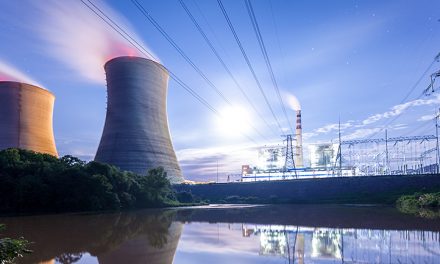In Suzy’s case, it may not be that she really needs the temperature at 70 degrees. It may be that the system just has to run that long to remove enough humidity so that she can breathe in her own home (See Figure 1).
So, what is the solution? In the past, higher efficiency system sales have focused on energy savings. Many overlook these systems because of the higher up-front cost and the small amount of savings on the electric bill,

But as we are discovering, managing humidity may be an important part of our responsibilities as HVAC contractors. In fact, it may be just as important as managing the temperature.
How Can You Help a Customer Manage Humidity?
Offer them a two-stage system with a multi-speed blower as an option. Many of these systems run at around 60% of capacity for a portion of the on-cycle, so they tend to run longer, and more dehumidification takes place.

While two-stage systems can help to some degree, that often won’t be enough to truly maintain optimal humidity levels. That said, an improvement is an improvement, and if that’s what the customer can afford, then it’s your job to make it happen.
The more exciting option for customers like Suzy may be the fully modulating variable capacity or “inverter” system.
These systems can reduce capacity even further, resulting in very low cost, longer runtimes, and much better dehumidification over a wide range of conditions.
They can also help maintain a humidity setpoint that will allow the system to run for dehumidification, as long as the temperature is above the lower limit set-up at the thermostat.
Let’s address the issue this way. By design, an inverter system adjusts capacity base on the load.
Therefore, when outside conditions require the removal of 18,000 Btus per hour, the three-ton system adjusts the compressor and blower to operate more like a 1.5-ton system.
This allows the removal of heat and removes the proper amount of moisture due to the longer run time.
In fact, Suzy can now set the system to provide a stable 50% RH along with a 75°F temperature set point.
Once Frank and Suzy understand why she is uncomfortable in her home and understand that an option is available that resolves the issue, they may not allow anything but a variable capacity system to be installed.
This occurs far more often than experienced contractors might suspect.
Low Humidity in Heating Season
The obvious solution for adding humidity in the winter is to add humidifiers. Many folks do this by buying a cheap standalone humidifier.
In Northern Montana, Ben doesn’t need central air in his home, so he has gone with standalone humidifiers. At first, he and his wife bought a single humidifier from a box store for around $30.
It turns out that these humidifiers are only designed for a single small room, such as a bedroom. These devices also run out of water and need to be refilled at least once or twice every day.
After dealing with dry air in every room for years, he bought another similar unit for his bedroom and a larger one for the main living area. With these three humidifiers he can keep the indoor humidity between 35% and 45% RH all winter. but they must remember to fill them at least once a day.
Furthermore, standalone humidifiers need to be cleaned regularly to prevent the build-up of hard water deposits and bacteria. To be honest, it’s quite a hassle to regularly fill and clean three humidifiers!
Click Below for the Next Page:













Recent Comments